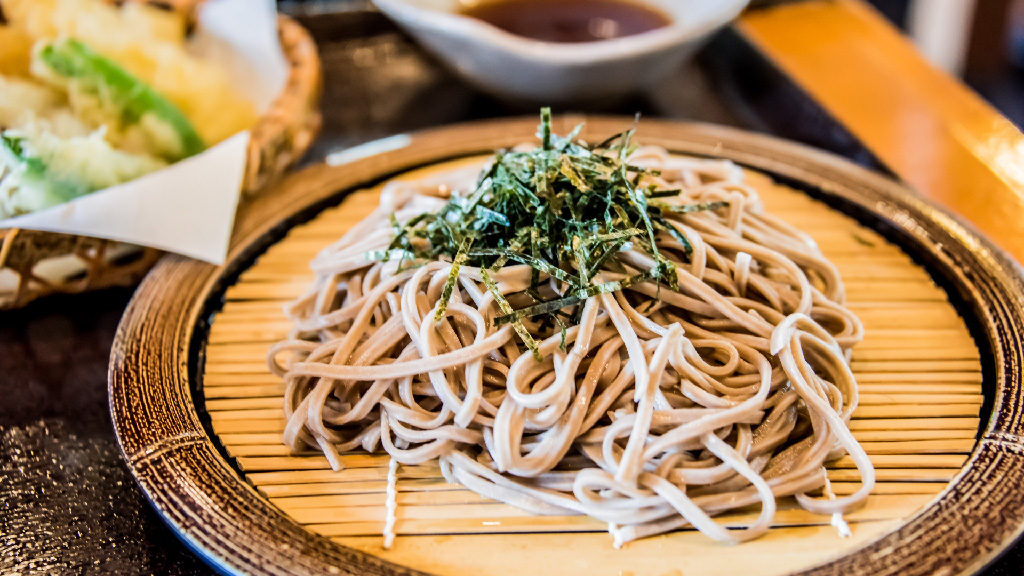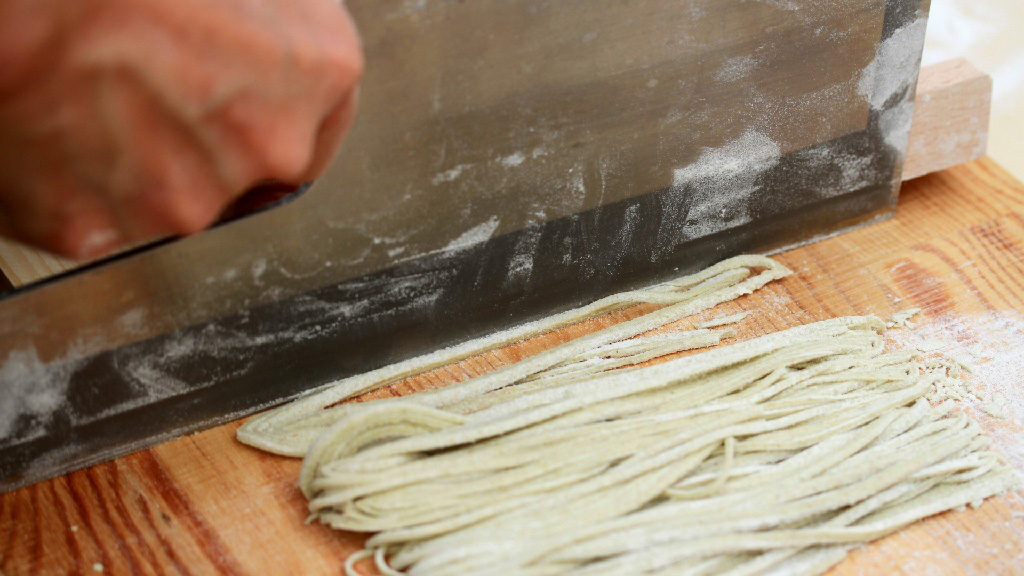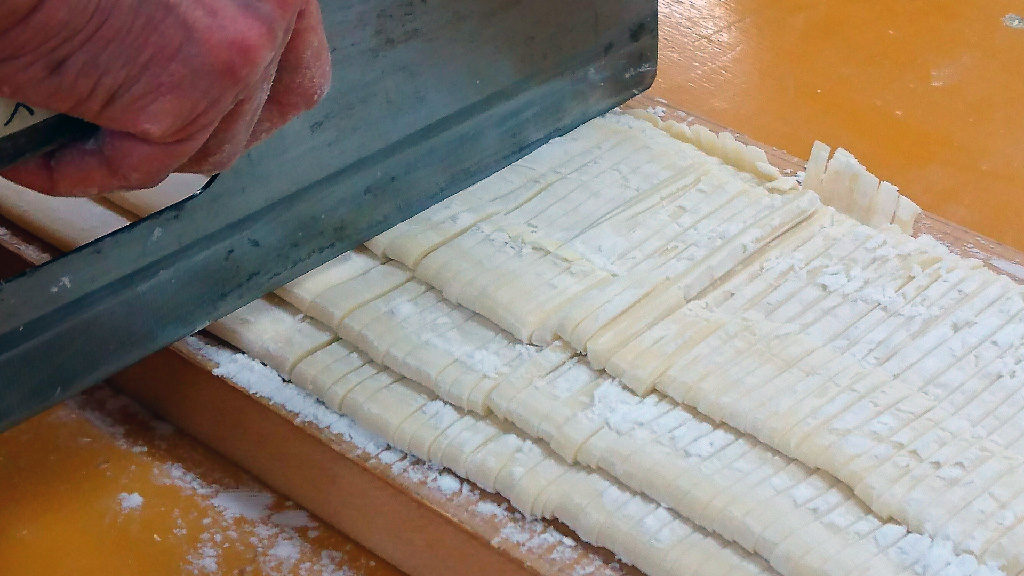Difference between soba and udon. Types and ways of eating

This post is also available in 日本語
“Soba” and “Udon” are noodles that Japanese people commonly eat. There are a lot of soba restaurants and udon restaurants in the town, and you can purchase ready-to-eat ones, raw noodles, preserved dried noodle, and cup noodles that you can cook just with hot water.
I would like to introduce soba and udon today.
Contents
Soba

It is a noodle made of buckwheat flour (soba-ko) that is made by powdered buckwheat seed (soba-no-mi). It is thin, long and usually black-ish or brown in color. Noodles used for fried noodle or ramen are called “Chinese noodle (chu-ka soba), and this soba noodle is sometimes called “Japanese soba (Nihon soba).



How to eat soba
Boil the soba and rinse it with cold water. “Mori soba” is a style to eat the cold noodle with cold “Tsuyu (sauce)”. “Zaru soba” is soba served on a woven bamboo tray. Zaru soba is topped with shredded nori. Warming the soba again and putting it in warm soup is called “kake soba”. All of them are eaten with condiments on the side. There are occasions where you add ingredients inside.
Soba ingredients
Matched well with various ingredients such as tempura, egg, grated yam. Some soba have unique names, such as “Kitsune (fox)” for soba with deep-fried tofu, “Tanuki (Japanese raccoon)” for soba with tenkasu (When you make tempura, some flour spreads into the oil. These bits and pieces of flour in the oil become tenkasu.) and “Kamo nanban” for soba with duck meat and green onion.
Types of soba

There are different types of soba depending on the percentage of buckwheat flour and flour as a binding agent, or ways of making soba. Let me introduce some famous ones.
Sarashina soba
Made using the central part of endosperm. It is white, and has subtle sweetness.
Jyuwari soba
Soba made from 100% buckwheat flour without any binding agent. You can enjoy rough and chewy texture, and flavor of soba itself.
Nihachi soba
Soba made with 80% buckwheat flour, and 20% flour. It is supple, chewy and goes down the throat very easily.
Cha soba
Soba made with buckwheat flour and matcha. It has beautiful matcha color, and is sometimes used make hospitality dishes like soba zushi (soba sushi roll).
Udon

Noodle made with flour, salt and water. It is white, thicker than soba, and filling.



How to eat udon
Boil the udon and rinse it with cold water just like soba. “Zaru udon” is a style to eat the cold noodle with cold “Tsuyu (sauce)”. Warming the udon again and putting it in warm soup is called “kake udon”. Both of them are eaten with condiments on the side. There are occasions where you add ingredients inside.
Udon is cooked in various different ways. Udon that is boiled, and eaten with tsuyu or soy sauce while the udon is still warm without rinsing it is called “kamaage udon”. Udon cooked with tsuyu and ingredients are “Nikomi udon (nabeyaki udon”. Stir fried udon is called “Yaki udon”.
Udon ingredients
Udon matches with a lot of different ingredients. Calling deep fried tofu “Kitsune”, and tenkasu “Tanuki” is the same as soba. “Chikara udon”, the udon with mochi (rice cake), and “Curry udon”, the udon with curry powder and stock are popular menus.
Types of udon

Different region has its own unique noodle, ingredients, and ways of eating it. These are called “local udon (gotochi udon).” I will introduce some famous gotochi udons. You can enjoy these on your vacations, or at local cuisine restaurants in the town, so please give it a try.
[Kagawa] Sanuki udon
Kagawa has highest consumption of udon in Japan, and it is also known as “udon prefecture”. Sanuki udon is known for its chewiness (koshi). It is very popular, and well known in all over Japan.
[Aichi] Kishimen
This udon is a little wide and thin. Kishimen cooked with Haccho miso is called “Miso nikomi kishimen” and is also a popular menu.
[Yamanashi] Houtou / [Gunma] Okkirikomi
This udon is even thinner and wider than kishimen. The other unique thing about this udon is that it is made without adding any salt.
- What are “Wagara (traditional Japanese patterns)”? Meaning and Prayers Accompanying the Main Japanese Patterns
- Types of Sushi and Its History
- Easily Explained. What is “Furusato Nozei”?
- Katakana words, what do they mean? “Icons, remote controls, computers…”
- [2021 | Tokyo] Four Japanese language schools recommended









